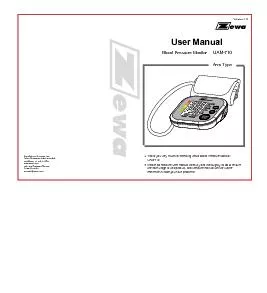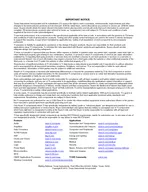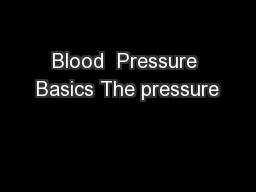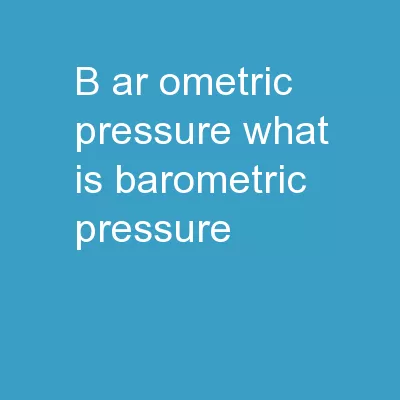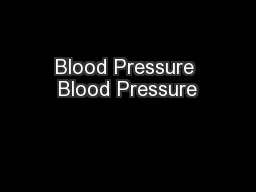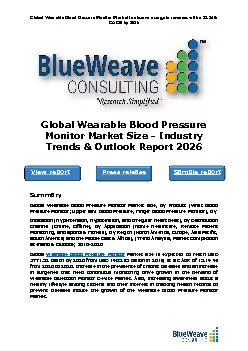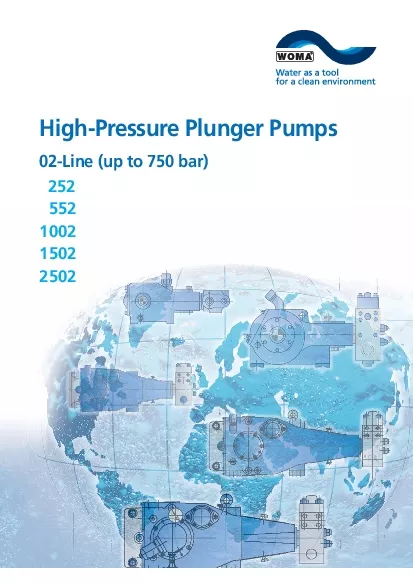PDF-User ManualBlood Pressure MonitorUAM710Arm Type
Author : brooke | Published Date : 2021-07-07
Version10 Thank you very much for selecting Zewa Blood Pressure MonitorUAM710 Please do read the user manual carefully and thoroughtly so as to ensure Manufactured
Presentation Embed Code
Download Presentation
Download Presentation The PPT/PDF document "User ManualBlood Pressure MonitorUAM710A..." is the property of its rightful owner. Permission is granted to download and print the materials on this website for personal, non-commercial use only, and to display it on your personal computer provided you do not modify the materials and that you retain all copyright notices contained in the materials. By downloading content from our website, you accept the terms of this agreement.
User ManualBlood Pressure MonitorUAM710Arm Type: Transcript
Download Rules Of Document
"User ManualBlood Pressure MonitorUAM710Arm Type"The content belongs to its owner. You may download and print it for personal use, without modification, and keep all copyright notices. By downloading, you agree to these terms.
Related Documents

